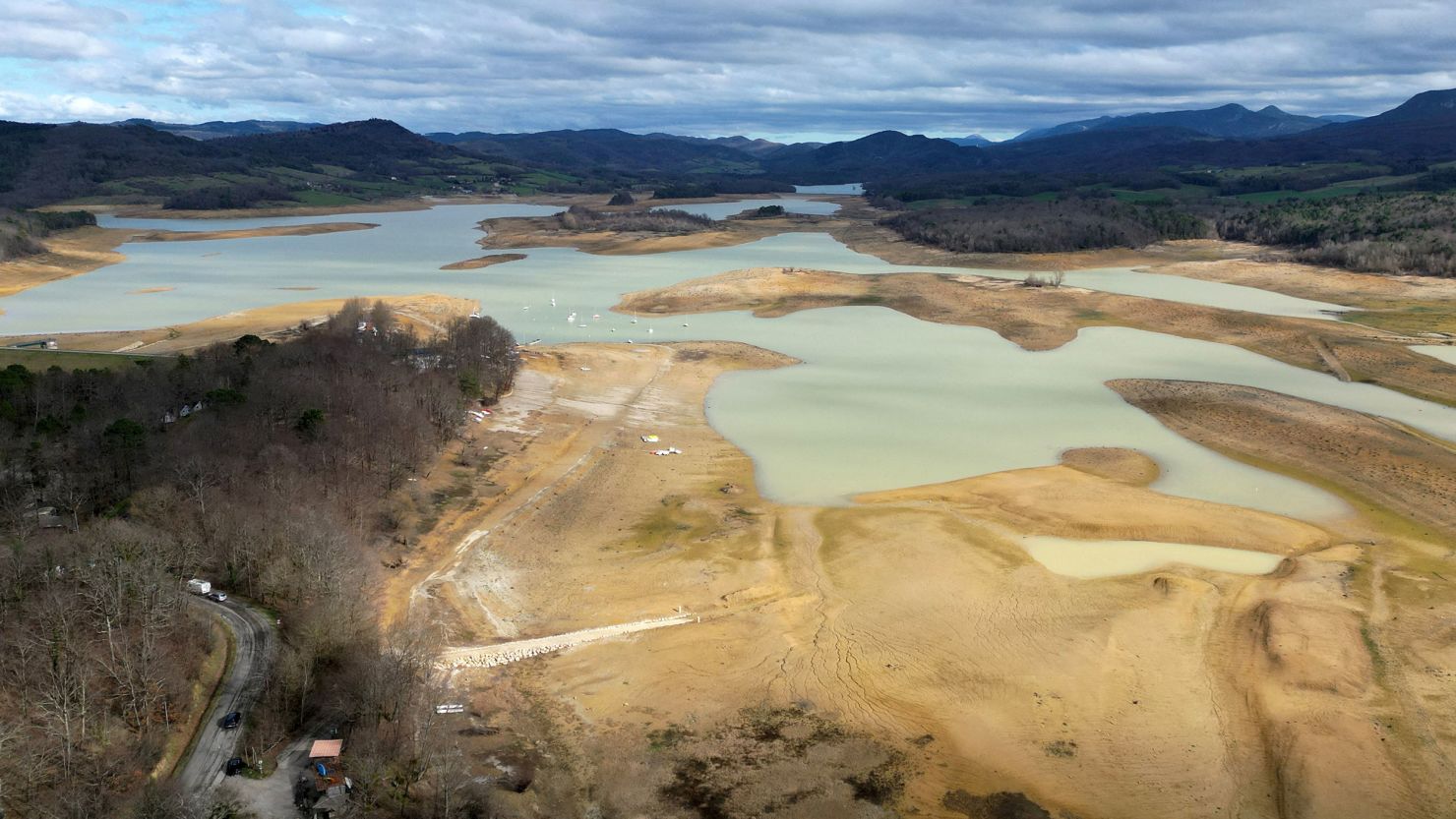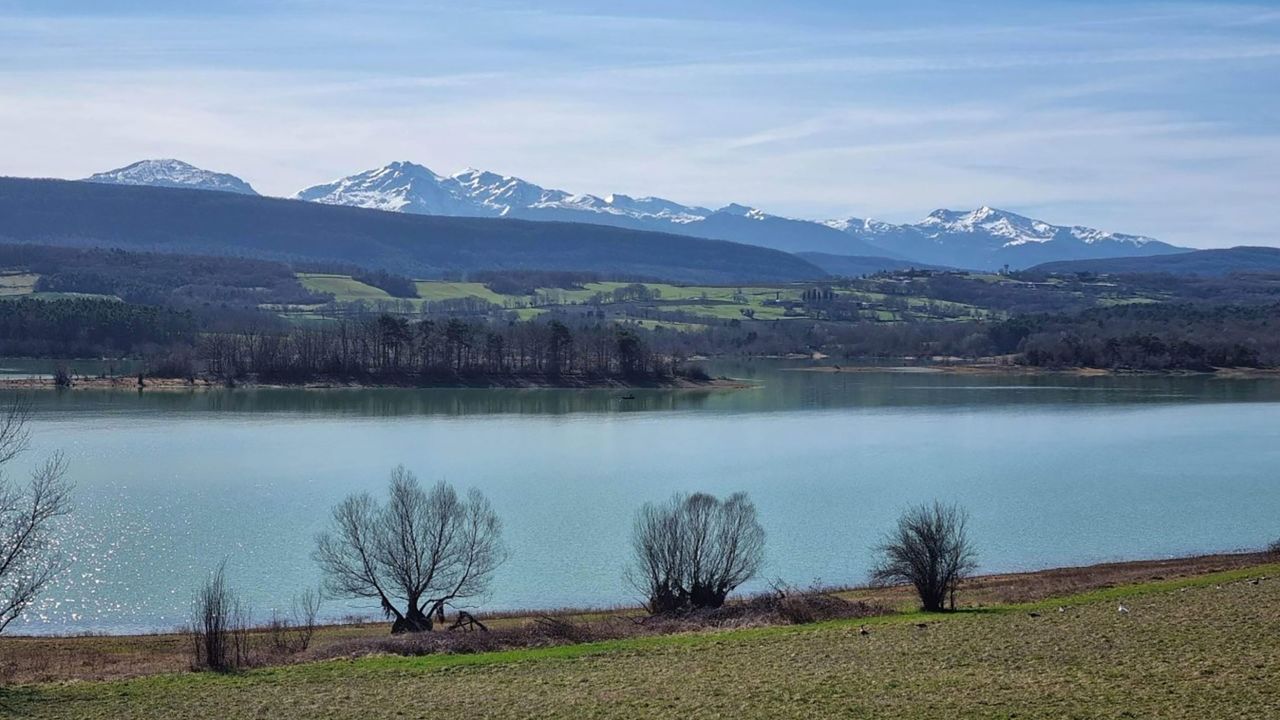Lake Montbel is a shimmering, turquoise lake, stretching across 1,400 acres of southwest France, in the foothills of the Pyrenees – a haven for wildlife, a vital source of irrigation for farmers and water for local rivers, and a tourist paradise. But after the driest winter in more than six decades, it is a shadow of its former self.
Shrunken water levels, grounded boats, buoys resting on the cracked earth of the lake bed – current views of Lake Montbel are more reminiscent of what might be expected at the tail end of a scorching summer. Not at the end of winter.
Currently at about 28% of its capacity, water levels are less than half what is usual for this time of the year.
“In the history of the lake, created in the early 1980s, this is the first time that this situation has been so serious,” said Boris Rouquet, a farmer and the water lead for the National Federation of Farmers’ Unions in Ariège, the region where Lake Montbel is located.
The lake has faced difficult times before “but this is exceptional,” Rouquet told CNN.
This story of extremes is one that’s playing out across swaths of Europe.
While in the United States, the snow and rain that have pummeled California have helped fill reservoirs and ease unrelenting drought, winter has been far from kind to many parts of Europe.
Still reeling from last year’s blistering summer and the worst drought in 500 years, parts of the continent have experienced such low levels of snow and rain that fears are growing for what might be in store as summer approaches – and beyond.
As climate change intensifies, scientists say we can expect droughts and heatwaves to become more frequent and more severe – putting huge pressure on water resources.
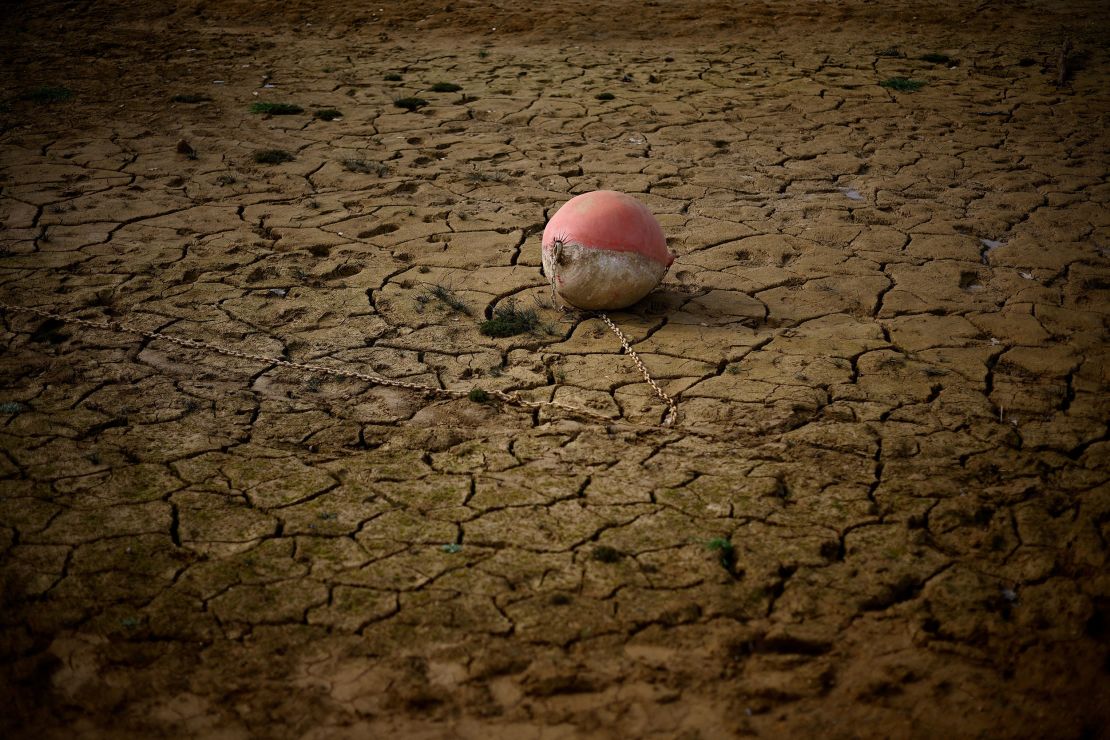
Temperatures in southwest France soared to 30 degrees Celsius (86 Fahrenheit) on Wednesday, according to Météo-France, the country’s weather service. It was the hottest March day on record in the country since 1900, the agency said. And the warm start to the year is coming hand-in-hand with exceptionally low rainfall.
Between January and February, France had more than 30 consecutive days with no significant rainfall – the longest stretch since records began in 1959. Added to that, snowfall has been very low, meaning less snowmelt to recharge rivers in the spring.
More rain has fallen in March but not nearly enough. “Lake Montbel remains at an abnormally low level,” Franck Solacroup, the regional director of the Adour-Garonne Water Agency, which covers the area that includes Lake Montbel, told CNN.
Farmers like Rouquet, who rely on the lake, are having to make tough decisions on what to grow. Some have stopped planting certain crops, others have sown more cereal crops in the hope that rain will fall. Livestock farmers are worried about having enough feed for their animals, and some may even be forced to reduce their herds, Rouquet said.
“Unless the lake is filled sufficiently, farmers will not be able to irrigate, and the survival of many farms is at stake,” he said. It’s damaging farmers’ morale. “We often talk about the financial side but the human side is very affected.”
As summer approaches, the situation “does not bode well,” Solacroup said. Last year, nearly 400 municipalities in the region had restricted or disrupted drinking water supplies.
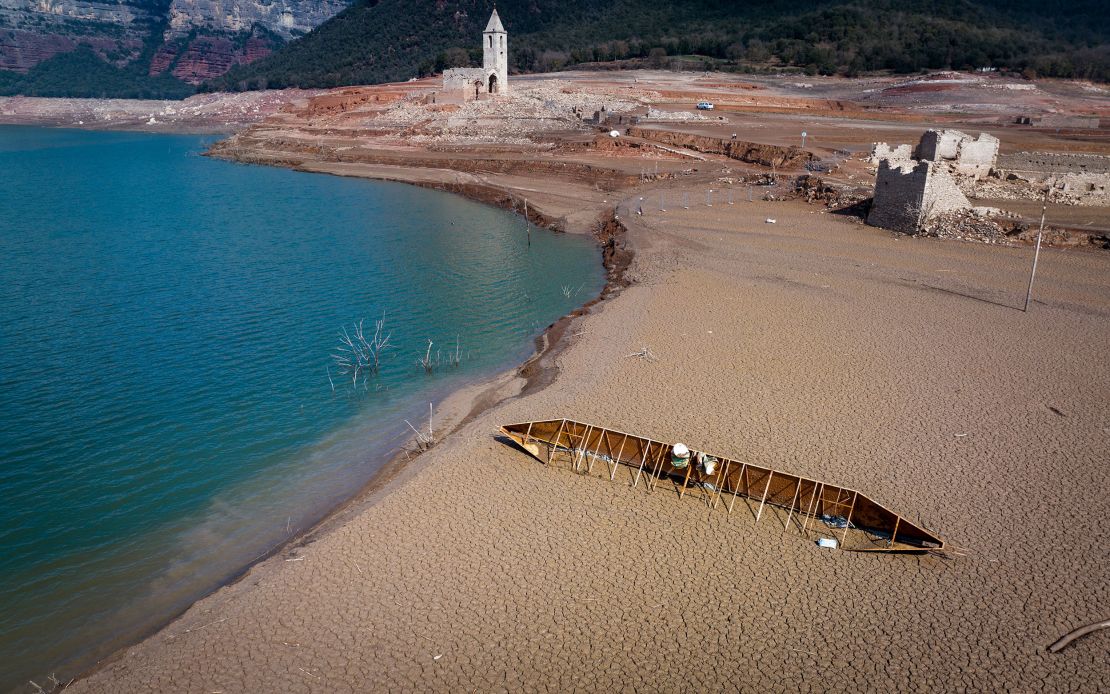
Just over the border, in Catalonia, northeast Spain, is a similar situation of parched reservoirs and thirsty crops.
Average water levels in Catalonia’s reservoirs are at about 27% and there are already some water restrictions in place.
The Sau Reservoir, about 60 miles north of Barcelona, is now only around 9% full, according to Catalan Water Agency data. As the water levels have fallen, the remnants have emerged of a centuries-old village and its church, which were flooded when the reservoir was created in the 1960s.
In mid-March, the Catalan Water Agency started removing fish in an attempt to save some of them and protect the water quality in what remains of the reservoir, which more than five million people rely on for drinking water.
“This is an extraordinary measure … and is adopted to preserve the water quality… and be able to guarantee the population’s demands as much as possible,” the Catalan government said in a statement.
Water is so scarce, some farmers in the region have turned to prayer. On Sunday, hundreds of residents of the mountain village of L’Espunyola, about 70 miles north of Barcelona, led a procession to appeal to Our Lady of the Torrents to bring them rain.
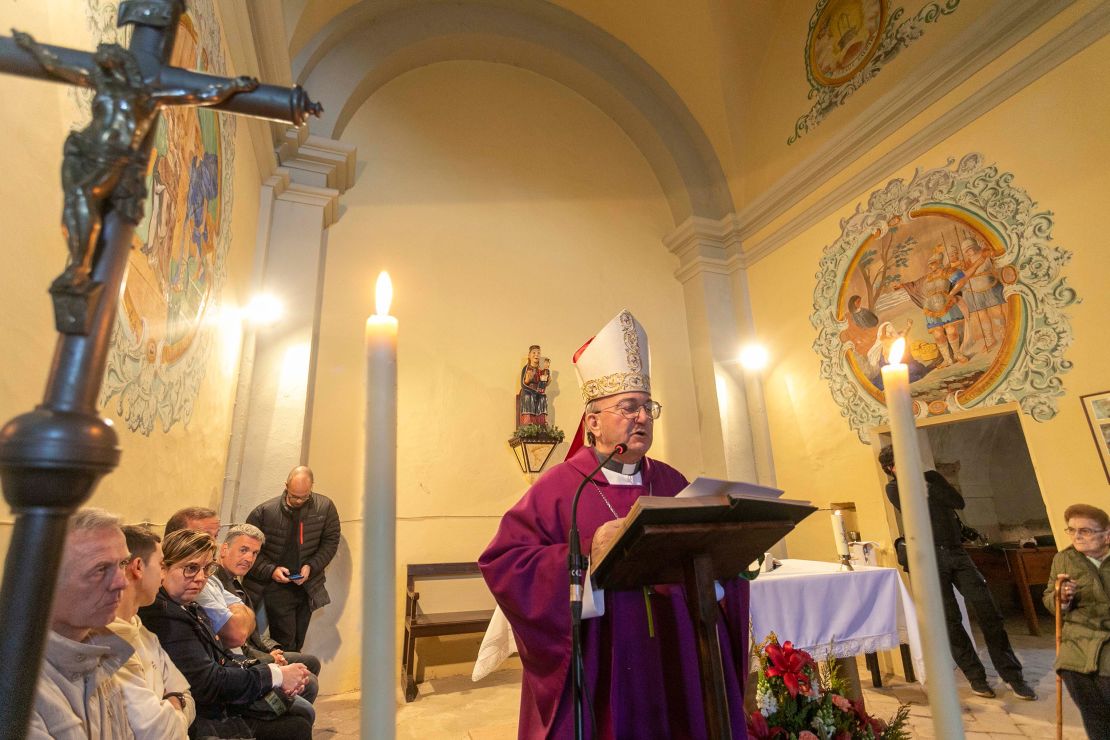
Italy, located in the “climate hotspot” of the Mediterranean, has also been badly affected.
In northern Italy, which experienced its worst drought for more than 70 years last summer, the mountains have very low snow levels and lakes have shrunk, including Lake Como, which is less than 18% full. Water in the Po River, which winds across the northern agricultural heartland, is running close to record lows, with certain sections are in “extreme drought.”
Farmers are feeling the strain. Rice growers predict that the amount they sow this spring will be the lowest in more than two decades, according to a survey by Enterisi, Italy’s national rice institution. “April and May will be crucial because the lower rainfall in the winter months needs to be made up,” an Enterisi spokesman told CNN.
In Italy, the impacts of the climate crisis combined with aging, leaky water infrastructure are leaving the country highly vulnerable to “critical water conditions,” Simona Ramberti, of the national statistics institution Istat, told CNN.
In 2020, more than 42% of water in the system did not reach users, according to the Istat urban water census. This is equivalent to a daily loss of around 157 liters for every resident – which could have met the needs of 43 million people for a year.
Given last year’s drought, in which 10 regions announced a state of emergency for water deficits, Ramberti said the current dry spell “does not bode well for the coming months.”
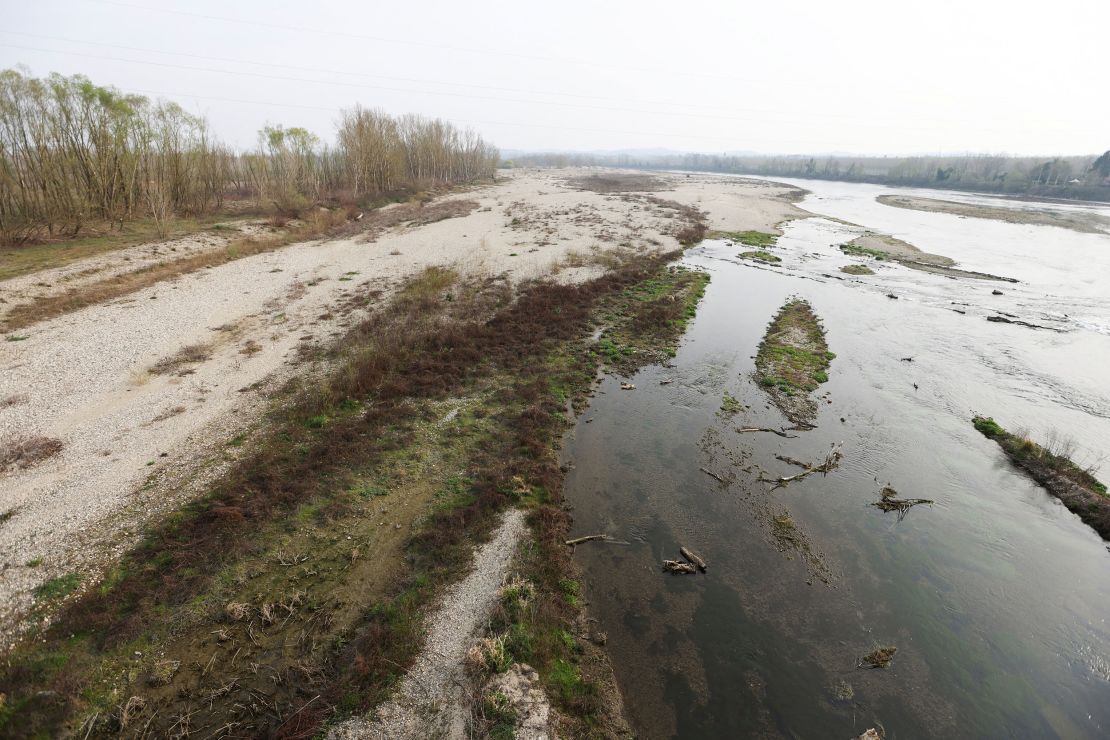
“We’re observing a pretty special situation,” said Manuela Brunner, assistant professor in hydrology at ETH Zurich and the Institute for Snow and Avalanche Research in Davos, Switzerland.
Looking out of her office window in Davos, at an elevation of nearly 1,600 meters (5,000 feet), Brunner said she can see a sweep of brown and green grass, but very little snow. “This is the most extreme winter in terms of low snow cover,” she told CNN. “And that’s that’s a problem.”
Less water stored in snow means less snowmelt will reach the rivers in spring. “Snow deficits have become a more important driver of summer streamflow droughts over the last 50 years,” Brunner said.
In Switzerland, they now need long-lasting rain events, she said. “But the further we progress into the spring, the more unlikely this gets.”
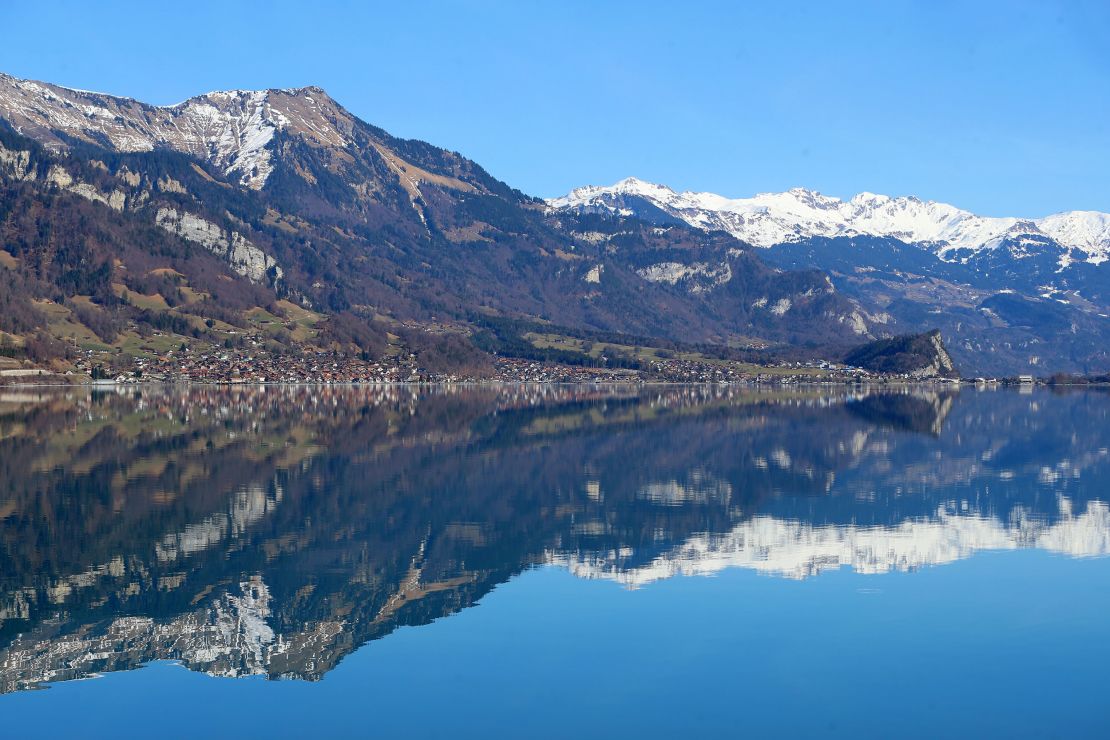
Large parts of Europe are hoping for rainfall over the next few months – and a lot of it. “The coming weeks are crucial,” Andrea Toreti, a climatologist at the European Commission’s Joint Research Centre, told CNN.
While it remains hard to attribute specific events to the climate crisis, “what we observe is in line with what we expect from climate change,” Toreti said.
Last year’s summer drought in the Northern Hemisphere was made 20 times more likely by climate change, according to World Weather Attribution, a group of researchers who endeavor in near-real time to determine how much of a role the climate crisis is playing in extreme weather events.
Back in southwest France, Solacroup said the difficulties of the past year should be a warning to think about long-term adaptation, rather than just reacting to rolling crises. “The summer of 2022, which may seem exceptional, will be an average year in 2050,” he said.
The long-term changes are clear and they aren’t good, said Rouquet. “There is a link with climate change and we farmers have seen it for several years. The rain falls differently. It rains hard or not at all.”
CNN’s Aurore Laborie and Dalal Mawad contributed to this story from Paris.
